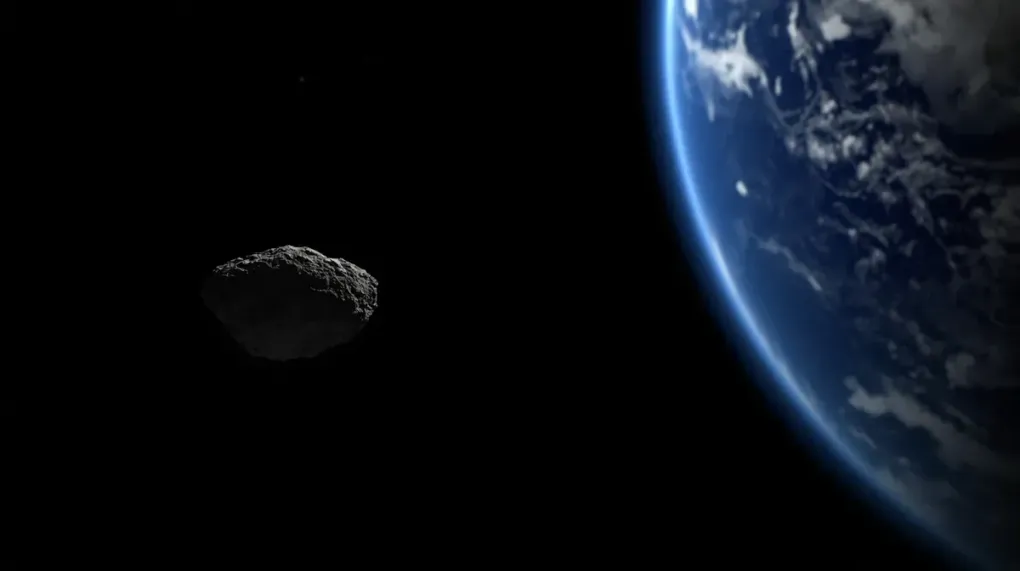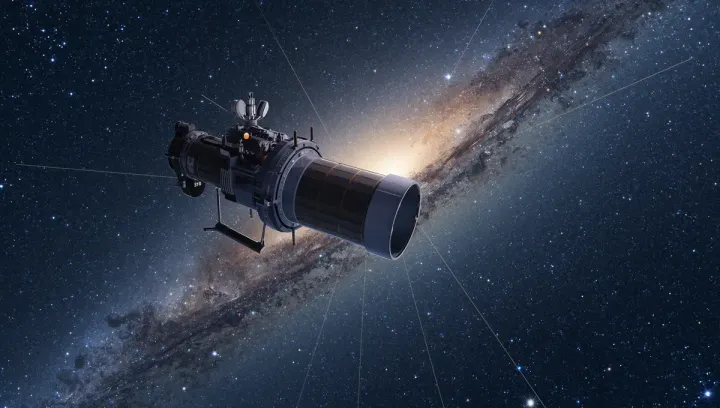
Earth Has a New "Quasi-Moon": Meet 2025 PN7
Welcome to the neighborhood, 2025 PN7!
Just before this weekend’s total lunar eclipse, astronomers identified a new rocky companion for our planet: a temporary “quasi-moon,” dubbed 2025 PN7.
Earth has only one permanent Moon, but it is accompanied by several other small rocky bodies that orbit the Sun along a similar path. With the discovery of 2025 PN7 on August 29, 2025, by the Pan-STARRS observatory, the number of these known companions rises to eight.
A Temporary Visit
Unlike our Moon, these quasi-moons are not in stable orbits around Earth. Their paths are complex, and eventually, in a matter of hundreds or thousands of years, they will drift away from our cosmic vicinity.
By analyzing archival images, scientists realized that 2025 PN7 was first spotted back in 2014. It’s estimated to have been a quasi-moon for about 60 years and will likely remain so for another 60 years.
Mysterious Origin
The origin of other quasi-moons has been attributed to “lunar ejecta”—rocks launched into space after a meteorite impacts the Moon. However, 2025 PN7 appears to be an exception.
According to Alan Harris of the Space Science Institute, the object is moving too fast relative to Earth (about 3.4 km/s or 12,240 km/h) to be a piece of the Moon. “It’s more likely just an asteroid that has trickled into a near-Earth orbit from the inner main belt,” Harris explains.
Eventually, a close encounter with Earth could push it into an orbit that intersects with Mars or Venus. For now, there is no formal name for this new neighbor, and unfortunately, it is too small to be seen with an amateur telescope.
Source: BINTEL - Space and Astronomy News for the 6th of September 2025


